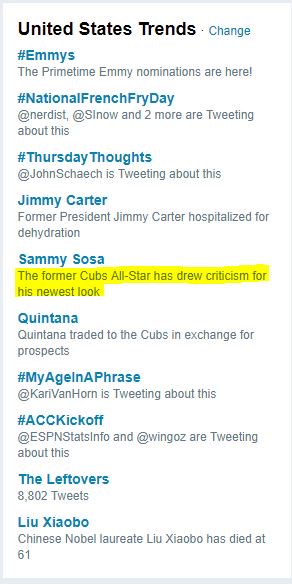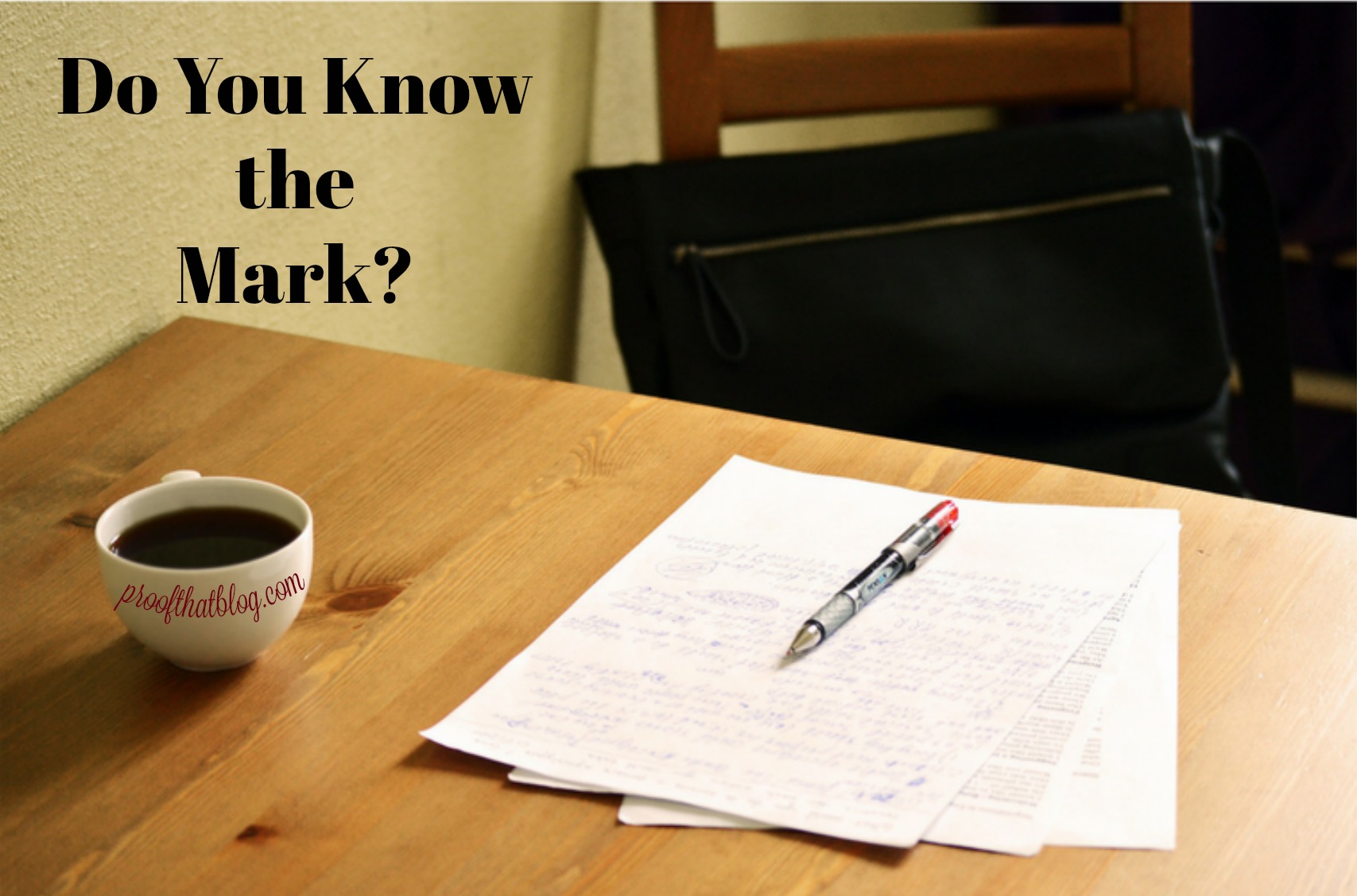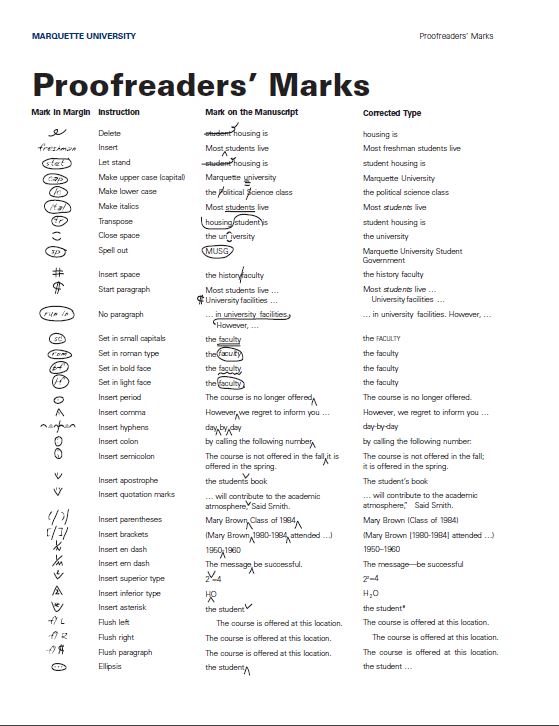My news station is keeping me in lots of material this week. Here is the headline for a story about the Roomba Vacuum. And that’s as in ONE “c,” not two. #azfamily #proofread #grammargiggle #proofthat

My news station is keeping me in lots of material this week. Here is the headline for a story about the Roomba Vacuum. And that’s as in ONE “c,” not two. #azfamily #proofread #grammargiggle #proofthat

My cousin sent me this one. Choosing whether to use “then” or “than” can be difficult. There is a difference!

 Proofreading your own work is one of the hardest jobs you have. You know what it is supposed to say, so that’s what your brain reads. If you are trying to proofread your own work, here are some tips:
Proofreading your own work is one of the hardest jobs you have. You know what it is supposed to say, so that’s what your brain reads. If you are trying to proofread your own work, here are some tips:
Most of all, keep learning. One good way is to read everything—newspapers, books, magazines. While there are lots of errors in those publications, there are also lots of good grammar usage. Another way is find websites and blogs that teach grammar and proofreading. Here are some of my recommendations—Proofreading Resources.
You should definitely proofread your work before you pass it on to the next person. Their job may well be to edit your work, but that doesn’t mean that their job is to clean it all up. You will impress them as a writer if they don’t have to correct obvious mistakes in your work. Take the time to prove that you are a good writer and know what you’re doing.
If you have tips for proofreading your own work, please share them in the comments below.
 It’s time for our new feature called “Confusing Words of the Week” where I take a set of two or three words that get confused and give you definitions and try to give you a memory trick to help you remember when to use which word. If you have words that confuse you, use Ask PTB or send an email to [email protected] and they may appear here soon!
It’s time for our new feature called “Confusing Words of the Week” where I take a set of two or three words that get confused and give you definitions and try to give you a memory trick to help you remember when to use which word. If you have words that confuse you, use Ask PTB or send an email to [email protected] and they may appear here soon!
This week’s words:
peak – the top. The peak of the mountain was covered with clouds.
peek – to look slyly at. He tried to peek at the cute girl in the corner. Just think about the double “e” as eyes. You’re looking at something with those eyes.
pique – resentment; to offend; to arouse. Jane piqued Sally’s interest in the movie coming out this week by telling her the back story.
piqué – cotton fabric.
I saw this one in a Facebook ad. “Steak” is food and “stake” is a rod in the ground to support something.


I’m going to start a new feature called “Confusing Words of the Week” where I take a set of two or three words that get confused and give you definitions and try to give you a memory trick to help you remember when to use which word. If you have words that confuse you, let me know and they may appear here soon!
 This week’s confusing words are accept and except:
This week’s confusing words are accept and except:
accept is to take or receive. He was ready to accept his new job duties. (He was ready to receive his new job duties.)
except is to exclude. He was ready for the new job duties except typing daily reports. (He was ready for all of his job duties excluding typing daily reports.)
The easiest way to remember which one to use is the EXcept is to EXclude. So if you want to EXclude something, you would say EXcept as in the following example:
I like all flavors of Life Savers EXCEPT lime.
That means if you take all of the flavors of Life Savers and exclude the lime ones, those are what I like.
If you are not going to EXclude something, you will accept it.
I found this on Twitter recently. It should be “has drawn” or just “drew.”

My trusty news station comes through again. Tires/tries . . . unfortunately they don’t mean the same thing even though they share letters IN A DIFFERENT ORDER! Spell check won’t help here.

 When people edit a hard copy of a document (and, yes, some people still do that), there are certain proofreading marks that have been used throughout time. There is a great resource for these marks that I found online at http://www.marquette.edu/omc/documents/proofreaders.pdf. It includes not only the symbol, but what the corrected language would look like. I’ve added a link to this document on the Files page for printing it out and keeping it at your desk.
When people edit a hard copy of a document (and, yes, some people still do that), there are certain proofreading marks that have been used throughout time. There is a great resource for these marks that I found online at http://www.marquette.edu/omc/documents/proofreaders.pdf. It includes not only the symbol, but what the corrected language would look like. I’ve added a link to this document on the Files page for printing it out and keeping it at your desk.

A few comments:
Learning the proofreading marks is helpful so you can make the author’s edits appropriately and so that you can use them correctly when you are the author editing your work. What is the most creative proofreading mark you’ve seen?